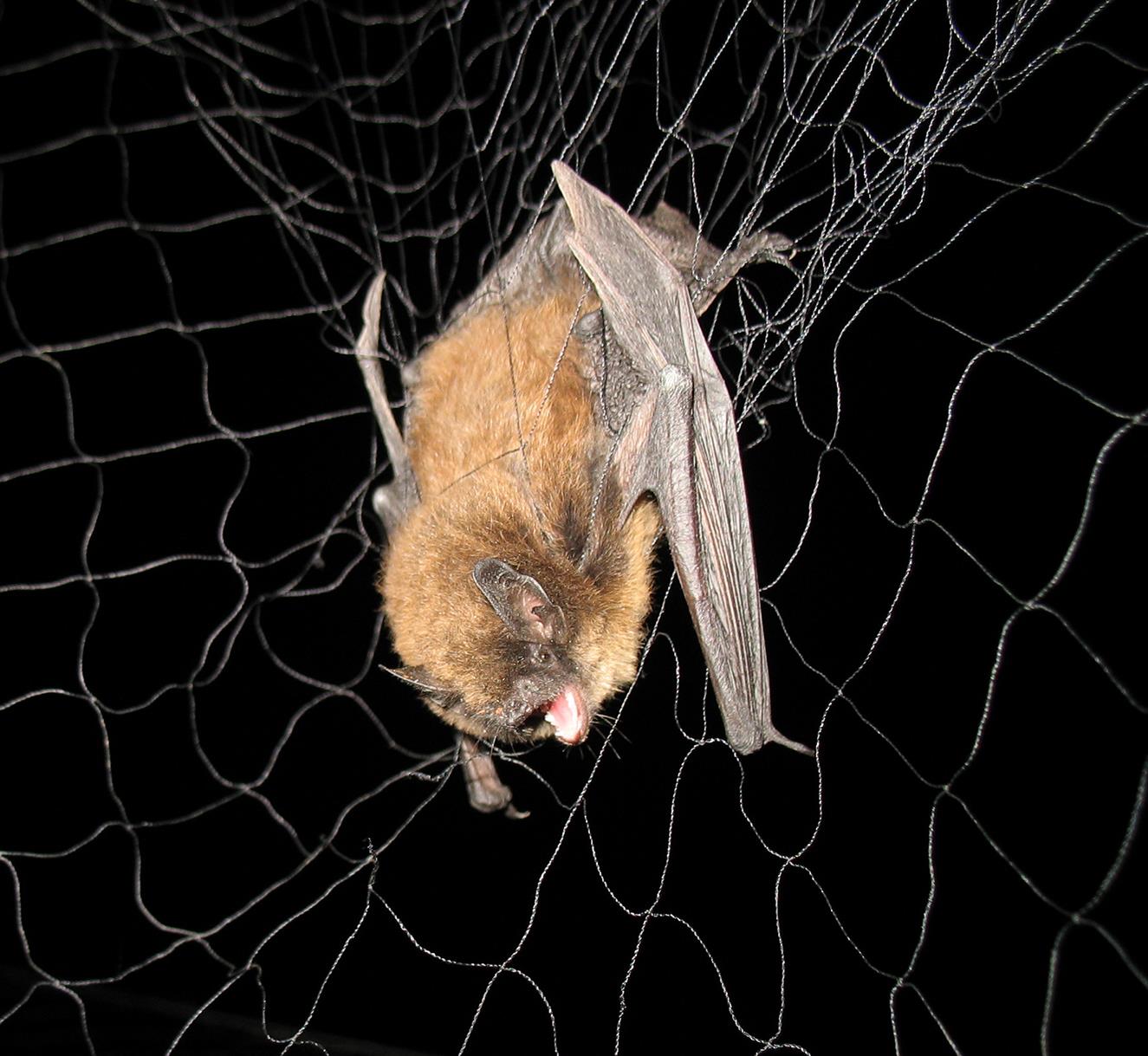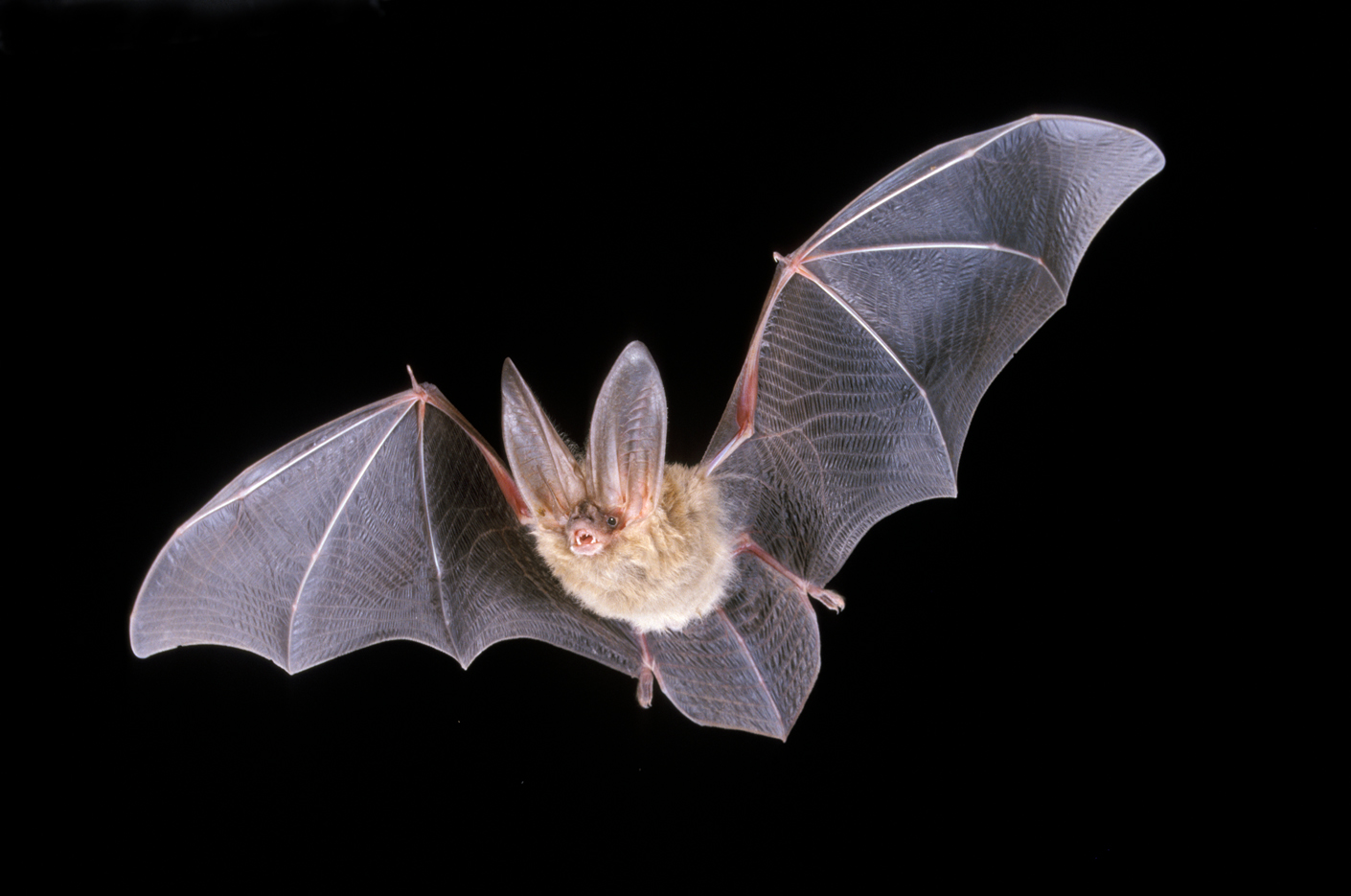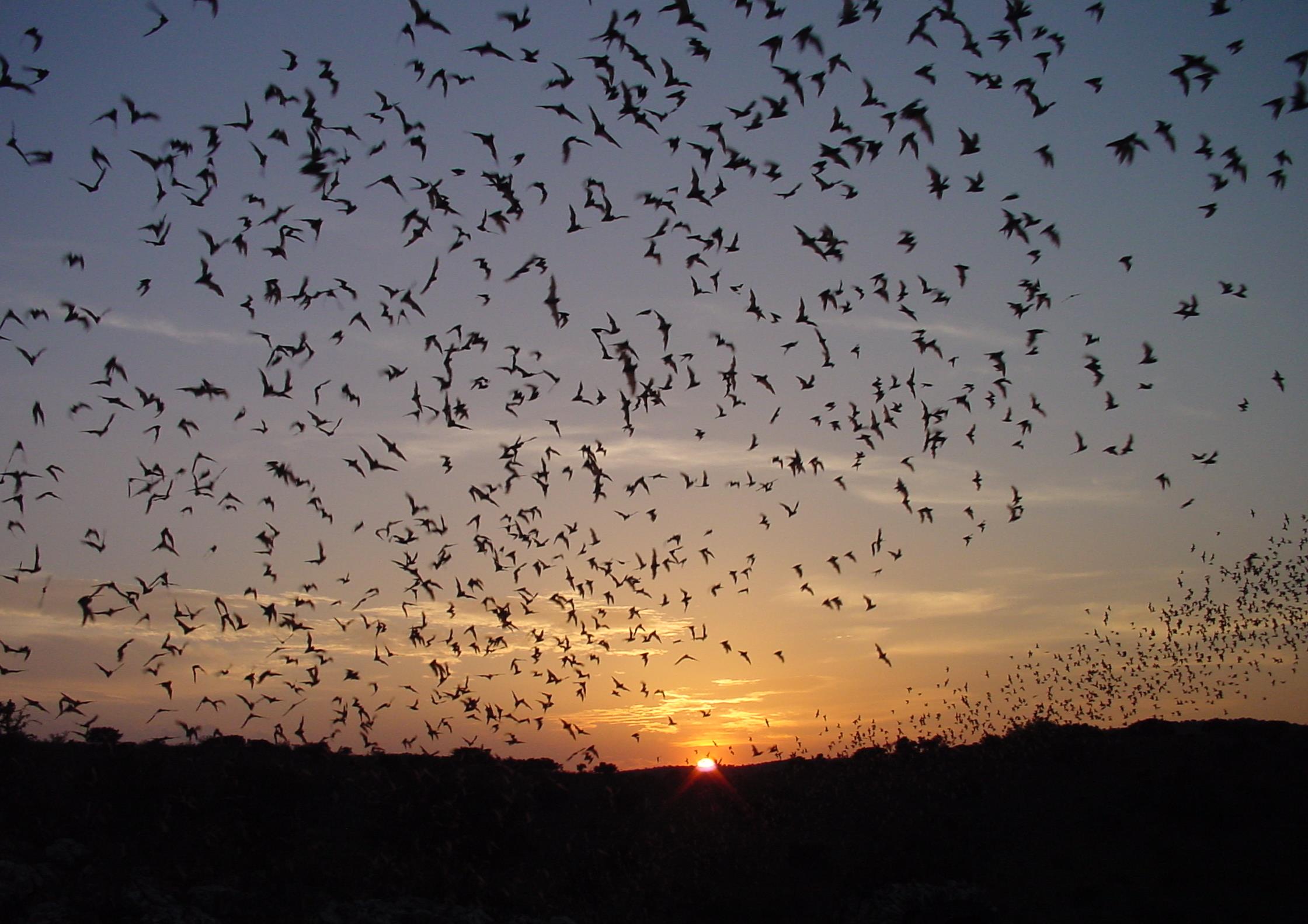WELCOME TO OUR COMPANY
Bats
Copyright © 2017 by Aeolus Consulting Services, LLC · All Rights Reserved
Within the last decade, perhaps owing in part to the potentially dire consequences of white-nose syndrome (WNS), bats have become one of the most discussed and debated class of animals that may be affected by surface and subsurface developments. There is great need for effective methods to assess and minimize potential impacts to bats. Unfortunately, the causative factors behind many of the population declines of bats that have been observed to date are not well
understood. Added to this paucity of much-needed information, basic biological components, such as population size and distribution, habitat requirements, reproduction, and the like, for the majority of North America’s bat species are for the most part unknown. Yet, there is great pressure from regulatory and enforcement agencies, stakeholders, and the public to address this issue. ACS bat biologists strive to keep up with the latest technological innovations, procedural changes and improvements, and natural history and ecological information. Below are some of the bat-specific services we offer.
Bat-specific Site Characterization
For most relevant projects, a bat-specific Site Characterization is prepared in accordance with guidelines developed by the U.S. Fish and Wildlife Service. The Site Characterization presents a general ecological description of the project area, with particular emphasis on natural features that may attract or retain bats, such as roost, forage, and watering sites. Based on known or theorized species ranges and migration corridors, as well as documented biological information,
The ACS remote bat detection system is based on state-of-the-art Binary Acoustic Technology (BAT) ultrasonic receivers, recording units, controllers, and associated software. The BAT equipment is unique in that it digitally processes and compresses ultrasonic vocalizations and generates waveform (wav) audio files. These wav files preserve the entire spectrum of the original call, while eliminating the artificial harmonics, distortions, and background noises associated with all other currently available ultrasonic detection systems. In short, the resultant wav files are the most acoustically accurate representations of bat vocalizations available today. Also, the BAT system does not have a time delay between processing one call and recording the next, as other wav-based systems do. The remaining components for one individual detection system include a mounting structure, solar panel, battery, charge controller, data storage device, weatherproof enclosure, and, when remote data transmission is desired, a modem and antenna. Several of these systems have been running continuously for over two years without any loss of data or equipment failures.
Bat Call Identification
Many bats can be identified to the species level by using a combination of sonic analysis software and visual inspection of the recorded bat calls, called sonograms. Within the last seven years, there has been a proliferation of automated bat call identification software. ACS has extensively tested every auto-ID program currently available and has concluded that while many of these programs produce some useful results, none of them should be relied on to give accurate results across the board.
This is not necessarily an inherent flaw of these remarkable programs, but rather a result of the high degree of complexity and variation of bat calls in general. Accordingly, for critical analyses, ACS uses a sequential series of custom-made species filters to more reliably identify local species compositions. Regardless of the calls being recorded on Binary Acoustic, Anabat, Wildlife Acoustics, Pettersson, Elekon, or any other brand of bat detector, ACS provides industry-leading call analyses.
Mist-net Surveys and WNS
Erecting a mist net (or specialized harp trap) at the entrance of a mine shaft or adit, over a nearby water source, or above a tree canopy, is an effective and definitive way to identify the local bat fauna. Mist-netting also provides the opportunity to assess the health of bats, take morphometric measurements, or to mark them for population or distribution studies. In addition, handling the bats makes it possible to identify gravid females, which would indicate a nearby maternity roost.
There are, however, some potentially serious drawbacks to mist-netting bats. Mist-netting always carries the danger of physically injuring or over-stressing the bats. Further, in locations where White-Nose Syndrome (WNS) is a concern, the disease can be transmitted from bat to bat via handling. Therefore, mist-netting should only be attempted when the gains are likely to exceed the potential losses. ACS bat biologists are well-versed in the National White-Nose Syndrome Decontamination Protocols, which is extremely important for anyone mist-netting or otherwise handling bats.


Perhaps the most unobtrusive and robust method of determining bat species composition is through the use of acoustic surveys (“bat detectors”). Such systems can be used either actively, as would be the case with a handheld unit, or passively, such as a long-term monitoring station. The most useful data is often collected with passive systems, as these systems can be set to record bat calls at a single location over extended period of time. For fixed, long-term monitoring, relative activity patterns can be approximated through careful data analyses.
Ultrasonic Surveys
personal observations, and analyses of onsite habitats, a list of potential resident and transitory species is constructed. Natural history information for each of the species on this list is be presented along with a discussion of which features within the project area may be utilized by each species. If it is determined that a species will not likely occur within the project area, a justification of this determination is given.









